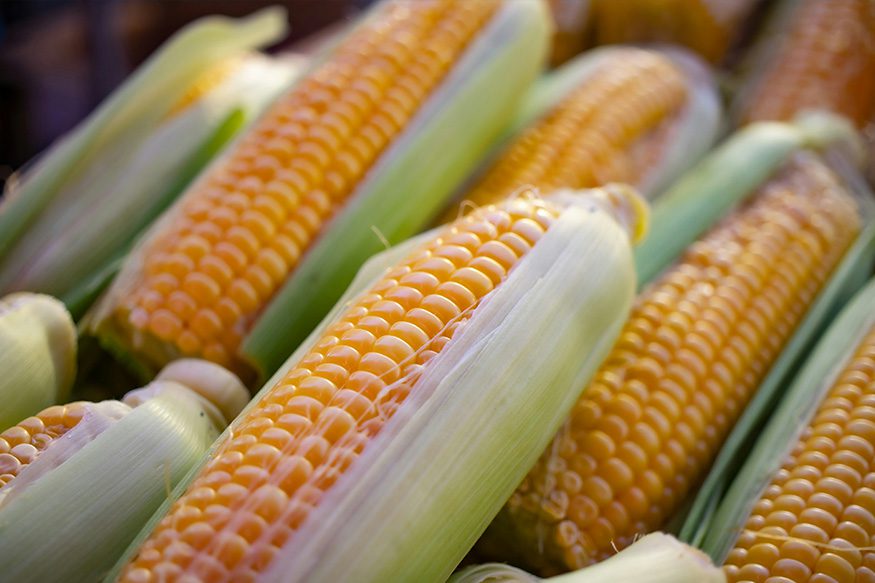
Genetically Modified Organisms (GMOs) are widely used in the U.S. food supply. Common GMO-derived foods include corn (used in cornmeal and corn syrup), soy (used in soybean oil and protein products), sugar beets, and animal feed. Additionally, products like the Arctic apple (engineered to resist browning) and AquAdvantage salmon (a faster-growing GMO salmon) have been approved as safe by the U.S. Food and Drug Administration (FDA).
Public Perception vs. Scientific Consensus
Despite widespread use, public concern about the safety and nutritional value of GMO foods persists. A 2015 Pew Research Center survey found that 57% of U.S. adults believed GMO foods were unsafe, while 37% considered them generally safe.
However, the scientific consensus remains strong: there is no substantiated evidence that GMO foods are less safe than their non-GMO counterparts. A 2016 report by the National Academies of Sciences, Engineering, and Medicine found no significant differences in health outcomes such as cancer, allergies, or chronic diseasesm between populations that consume GMO foods and those that do not.
Regulatory Oversight
In the U.S., GMO food safety is regulated under the Coordinated Framework for the Regulation of Biotechnology, which involves three federal agencies:
- FDA: Ensures the safety and proper labeling of all plant-derived food and feed, including those from genetically engineered sources. The FDA’s Plant Biotechnology Consultation Program evaluates new GMO foods before they enter the market. This is a voluntary program, but widely used—over 150 consultations have been completed.
- USDA – APHIS: Regulates genetically engineered plants that may pose a risk to plant health. APHIS oversees the import, movement, and environmental release of these organisms under the Plant Protection Act.
- EPA: Regulates pesticides, including plant-incorporated protectants (PIPs), substances produced by GMO crops to resist pests. The EPA sets tolerance levels for pesticide residues in food and feed.
Lessons from the Past
The regulatory system has evolved in response to real-world concerns. For example, in 1996, a GMO soybean containing a Brazil nut protein was withdrawn from consideration after it was found to trigger allergic reactions. This led to stricter policies: any protein known or suspected to be an allergen is now excluded from use in GMO crops.
Bioengineered Food Disclosure
As of January 2022, the USDA requires certain foods to be labeled as bioengineered if they contain detectable modified genetic material. This labeling standard replaced the term “GMO” on food packaging and is part of the National Bioengineered Food Disclosure Standard.
Reference: https://www.aphis.usda.gov/biotechnology/regulations
Updated June, 2025